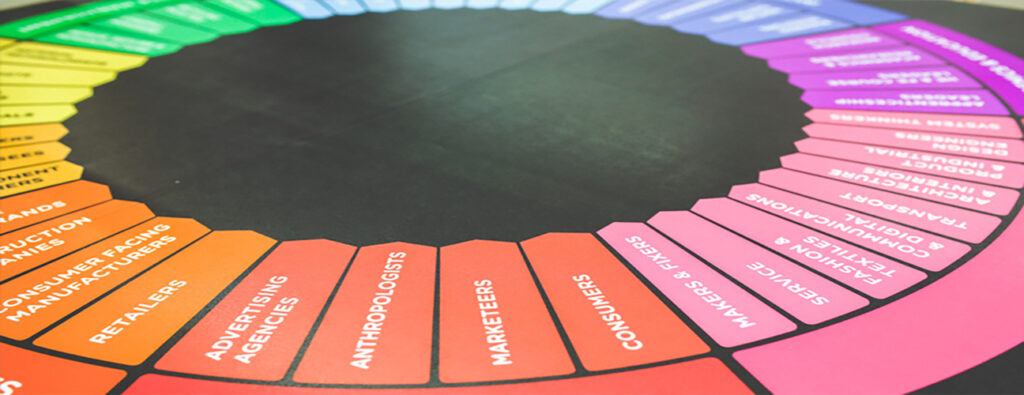Typography, Color, Usability, and Accessibility in Product Design

It’s hard to overstate the importance of typography, color, usability, and accessibility in product design. A successful and inclusive user experience properly utilizes all of these elements.
Typography
Typography plays a vital role in both aesthetics and readability. Selecting appropriate fonts, font sizes, spacing, and hierarchy enhances the legibility and visual appeal of the product. Proper typography ensures that users can easily read and understand the content and creates a seamless and engaging experience. It’s essential to consider contrast and readability across different devices, also use responsive design to accommodate various screen sizes.
Color
Color is a powerful tool for setting the mood, conveying information, and creating visual hierarchy in product design. It’s important to select a color palette that aligns with the brand’s identity, evokes the desired emotional response, and ensures clarity. Careful consideration should be given to color contrast to ensure readability, especially for users with visual impairments. Adhering to color accessibility guidelines, such as WCAG 2.1, ensures that the product is usable and enjoyable for a wide range of users.
Usability
Usability focuses on making the product intuitive, efficient, and user-friendly. It involves designing interfaces and interactions that are easy to navigate and understand. Key considerations include organizing information logically, providing clear and concise labels and instructions, and designing intuitive navigation and interaction patterns. Conducting user research, usability testing, and gathering feedback throughout the design process helps identify pain points and optimize the product’s usability.
Accessibility
Accessibility ensures that the product is inclusive and usable by individuals with disabilities. Designing with accessibility in mind involves considering various aspects, such as providing alternative text for images, ensuring proper color contrast, using semantic HTML structure, and implementing keyboard navigation support. Adhering to accessibility standards, like WCAG, allows users with visual, hearing, cognitive, or motor impairments to access and interact with the product effectively.
A comprehensive and user-centered experience combines typography, color, usability, and accessibility.
Consider the following best practices:
- Conduct thorough research and understand the target audience’s preferences, needs, and abilities.
- Select typography that aligns with the brand’s voice, enhances readability, and maintains consistency across different devices and platforms.
- Choose a color palette that supports legibility, conveys meaning, and ensures color contrast accessibility.
- Design interfaces and interactions that are intuitive, consistent, and efficient, reducing cognitive load and providing clear guidance.
- Prioritize accessibility by following established guidelines, performing accessibility audits, and involving users with disabilities in testing and feedback sessions.
- Constantly iterate, test, and gather user feedback.
Then refine the design and address issues as they arise.
By integrating typography, color, usability, and accessibility into the product design process, we can create experiences that are visually appealing, usable, and inclusive, catering to the diverse needs of users and enhancing their overall delight and engagement.
*The preceding information comes from my personal / professional experience and research notes. The text is intended to help me, and anyone who comes across it, understand some of the complexities of design leadership and practice. I am liable to change and update these notes as my journey continues. They are not uploaded on a regular schedule, and often come all at once, as I post and update when I find spare moments. A lot of this knowledge is widely available through experience and education, but this is an attempt to centralize and categorize it for easy reference.
Photo Credit: Photo by Kaboompics .com
